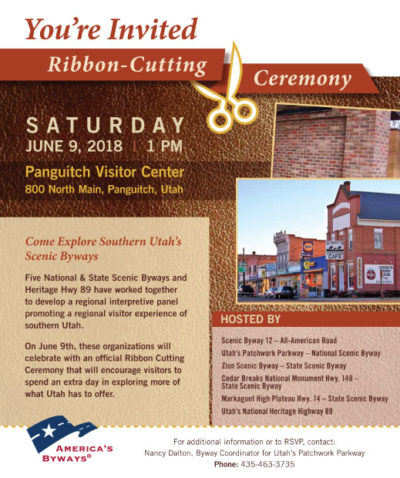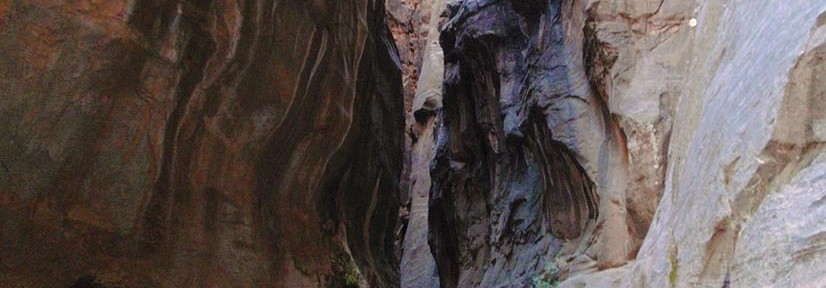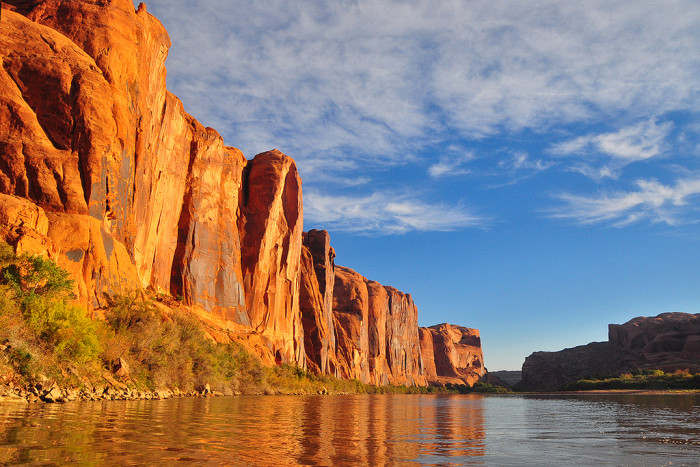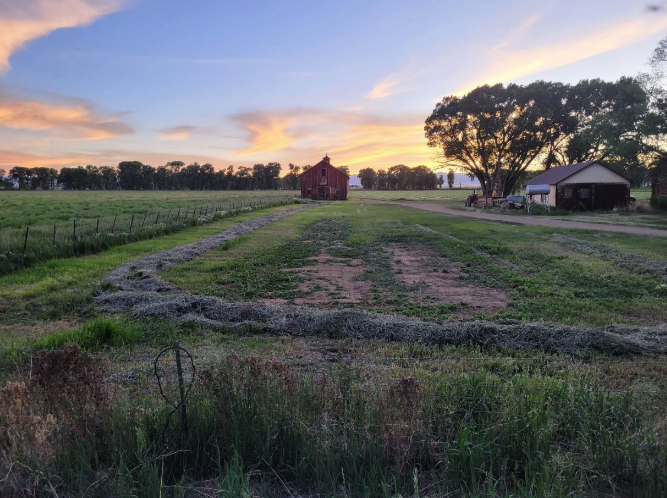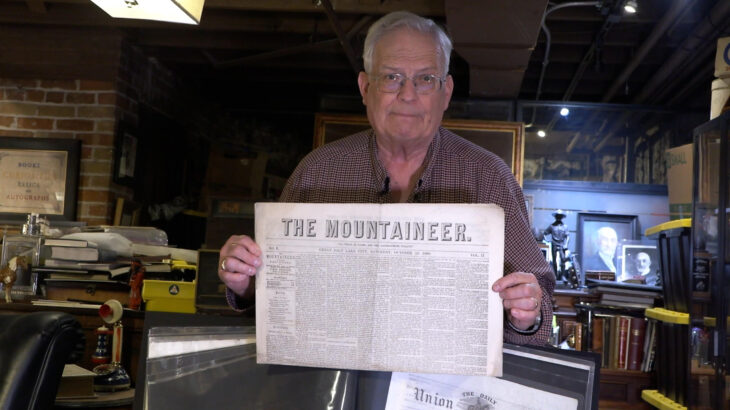There’s Something Incredible About These 8 Rivers in the Mormon Pioneer National Heritage Area
On October 25, 2015, www.OnlyInYourStateEight.com/Utah by Catherine Rees
There’s Something Incredible About These 12 Rivers in Utah
she selected 8 of the rivers that flow within or have an impact on the Mormon Pioneer National Heritage Area. If you have not visited the Heritage Area in Utah, you are missing on some spectacular scenery. Come along on Utah Heritage Highway 89 for a visit. There sis something for everyone!
For a desert state, Utah has a surprisingly large number of rivers! This is by no means a comprehensive list; I’ve tried to include a sampling of rivers from all parts of the state.
Did I miss your favorite Utah river?
“The Soul of the Native American Artist” to share Native American Perspectives, Heritage
The Soul of the Native American Artist” to share Native American Perspectives, Heritage
MORMON PIONEER NATIONAL HERITAGE AREA (MPNHA)
“The Soul of the Native American Artist” to share Native American perspectives, heritage
Linda Petersen Mormon Pioneer National Heritage Area
801-554-7513
Email: linda@bpmedia.com
FOR IMMEDIATE RELEASE: October 16, 2015
RICHFIELD—The Mormon Pioneer National Heritage Area (MPNHA) will showcase Native Indian artist David K. John in a special two-day event, “The Soul of the Native American Artisan,” at the Richfield City Building, 75 East Center, on Friday, Oct 23 and Saturday, Oct 24.
This free event is open to the public from noon to 5 p.m. on Oct 23 and from 8 a.m. to 3 p.m. on Oct. 24.
John, a member of the Navajo tribe, is a 1982 Richfield High School graduate who has maintained many ties to the Richfield area. Through his art, John will share with participants the culture and heritage of American Indians, in particular the Navajo tribe.
With this program, the MPNHA seeks to share with the public John’s unique perspectives regarding the natural environment, the earth, cosmos, animal life, aquatic life, dwelling structures and his connection to a deeply holistic spiritual life.
Throughout the event, interactive discussions with the public will be led by project director Emery Polelonema, John and locally known archeologist Craig Harmon, who will give scientific and historical context to John’s native art impressions.
Along with the exhibit and discussions, from noon to 3 on Saturday, Oct. 24, Navajo students from Richfield will share an artistic display of dance.
“We want to educate the public about who we are as Native Artwork in this press release are some examples of the art that will be at the event.
— 2
Americans and what we can contribute to the arts and humanities,” said Polelonema, a Native American and an official with the Six County Association of Governments.
“In popular culture, there is a misconception of the Native American artist as a ‘blanket Indian,’ one who returns to the reservation, who cannot stay out in the mainstream,” he said. “That is a complete misnomer.”
Richfield Mayor David Ogden will speak at the opening of the event at noon on Oct. 23. “We are really excited about David K. John coming back to the Sevier Valley,” Ogden said. “He has some amazing talents which he has put to use and has created beautiful pictures of the world and of Native Americans.”
“We feel so fortunate to have him come back and share it with us here in Richfield. We encourage everyone in the area to come enjoy his artwork and success.”
Organizers hope that this exhibit/showcase will supplement and enhance existing Utah pioneer history with Native American historical information and promote an understanding and appreciation for the rich Native American heritage of the area.
“The Mormon Pioneer National Heritage Area’s Management Plan places great emphasis on the rich heritage of Native Americans. Their deep appreciation of our mountains, streams and landscape constitutes the essence of what we stand for as a heritage area,” MPNHA Director Monte Bona said.
“We are especially pleased that our partners at the Utah Humanities Council are participating in this important program.”
This project is sponsored by the Utah Humanities Council and the MPNHA. For more information, contact project director Emery Polelonema at 435-201-9603 or MPNHA director Monte Bona at 801-699-5065.
###
About the MPNHA: The Mormon Pioneer Heritage Area is a federally designated area of central and southern Utah running along the beautiful and historic U.S. Highway 89 — including the All-American Road Utah State Route 12, and Capitol Reef Scenic Byway Utah State Route 24, which both intersect with U.S. 89 and together form the MPNHA’s Boulder Loop. The area includes the counties of Sanpete, Sevier, Piute, Wayne, Garfield and Kane.
About the Utah Humanities Council: The works to empower Utahns to improve their communities through active engagement in the humanities. To accomplish this, through its programs and grants it partners with individuals and groups across the state who want to put humanities ideas into actions that have a positive impact on their communities.
Pioneer Day ‘Birthday Bash’ Celebrates Mt. Pleasant’s Founding Fathers and U.S. Highway 89 Designation
| DATE 03/13/2007 12:41 PM |
| FOR IMMEDIATE RELEASE |
|
This is part of an occasional series by the Sanpete Country Travel and Utah Heritage Highway 89 Alliance on the people and places along U.S. Highway 89. Pioneer Day ‘Birthday Bash’ Celebrates Mt. Pleasant’s Founding Fathers |
| Mt. Pleasant City is throwing a party March 24 for its founding fathers and to celebrate the designation of U.S. Highway 89 as a national historical designation.
“Every year, we honor the people who made this city what it is today with a special Pioneer Day luncheon,” says Joann Winward, a member of the Mt. Pleasant Historical Association, which sponsors the annual event. “This year, we have another thing to celebrate: the passage of the National Mormon Pioneer Heritage area, which recognizes the historical significance and heritage of U.S. Highway 89. So we decided to make the highway the theme of this year’s party.” The theme of the luncheon is “Keep on Truckin’ Down U.S. Highway 89.” The event starts at 11 a.m. with a box lunch at at noon at the South Ward “Yellow Church,” 295 S. State Street in Mt. Pleasant. U.S. Highway 89 has a rich history in Sanpete County, Winward says. It was the route the region’s early settlers used in 1860 to take cattle for the winter to Sevier Valley. In 1862, oats were delivered to Ruby Valley by wagons and oxen teams via this route, and it soon became the main road for mail delivery. In July of 1861, Brigham Young authorized spending $4,000 from tithing funds to complete U.S. Highway 89 so that it ran from Sanpete County to Spanish Fork, and it officially opened to the public in 1882. Today, the cities and towns in the six-county area are the best remaining example of how Mormon pioneers colonized the west. A bill establishing the National Mormon Pioneer Heritage Area was signed into law by President George W. Bush last fall. Many local residents spent years working on the measure and even helped draft the original bill. The national designation recognizes the history, architecture and culture along “the heritage highway,” and includes U.S. Highway 89 from Fairview to Kanab, the Boulder Loop (state highways 12 and 24), the All-American Road (highway 12) and the six counties through which the route passes: Sanpete, Sevier, Piute, Wayne, Garfield and Kane. “In my time, boys could hitch hike along U.S. Highway 89 to visit girls in the surrounding towns of Fairview and Spring City,” Winward says. “By the time we graduated form high school, we would ‘drag’ the highway in our cars.” People are invited to swap stories about the highway, and the region’s history in general, during the Pioneer Day luncheon. The event will also include a reception, silent auction, bake sale, and musical performances by the Snow College L.D. Singers. Cost for the box lunch is $7. There will also be copies of Mt. Pleasant history books for purchase. “There is a little bit of something for everyone,” Winward says. “It’s a way for us to honor the pioneers who settled the area. We invite anyone who has ever lived in Mt. Pleasant to attend, and anyone who is interested in Mt. Pleasant to attend.” The annual celebratory lunch is one of the two main programs supported by the Mt. Pleasant Historical Association. The group also looks after Relic House, a museum that displays relics ranging from pioneer quilts and clothing to blacksmith shop tools and equipment. Relic House was one of the first homes in Mt. Pleasant to be built outside of the fort that housed the area’s first settlers. It was built by William S. Seely, who was the first LDS bishop and also the town’s first mayor. Mt. Pleasant City was officially founded in 1859. Nearly two-thirds of the city’s earliest settlers were Scandinavian pioneers who immigrated to Utah from Canada, the United States and England. # # # |
| For more information Contact:
Monte Bona |

